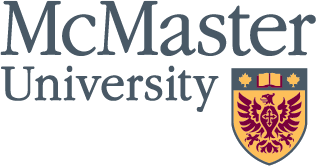October 11, 2001
posted on Oct. 11: Future engineers compete in Faculty Olympics
Read More
 Share
Share
SHARE WITH YOUR FRIENDS
Pick one or more destinations:
0
0
0
×
October 10, 2001
posted on Oct. 10: Ten candidates vie for undergraduate student seat on Board of Governors
Read More
 Share
Share
SHARE WITH YOUR FRIENDS
Pick one or more destinations:
0
0
0
×
October 5, 2001
posted on Oct. 5: New three-year deal for trades and custodial workers
Read More
 Share
Share
SHARE WITH YOUR FRIENDS
Pick one or more destinations:
0
0
0
×
October 5, 2001
posted on Oct. 4: Museum of Art reopens in November
Read More
 Share
Share
SHARE WITH YOUR FRIENDS
Pick one or more destinations:
0
0
0
×
October 4, 2001
posted on Oct. 4: Astronomer Beckwith brings the universe to McMaster
Read More
 Share
Share
SHARE WITH YOUR FRIENDS
Pick one or more destinations:
0
0
0
×

